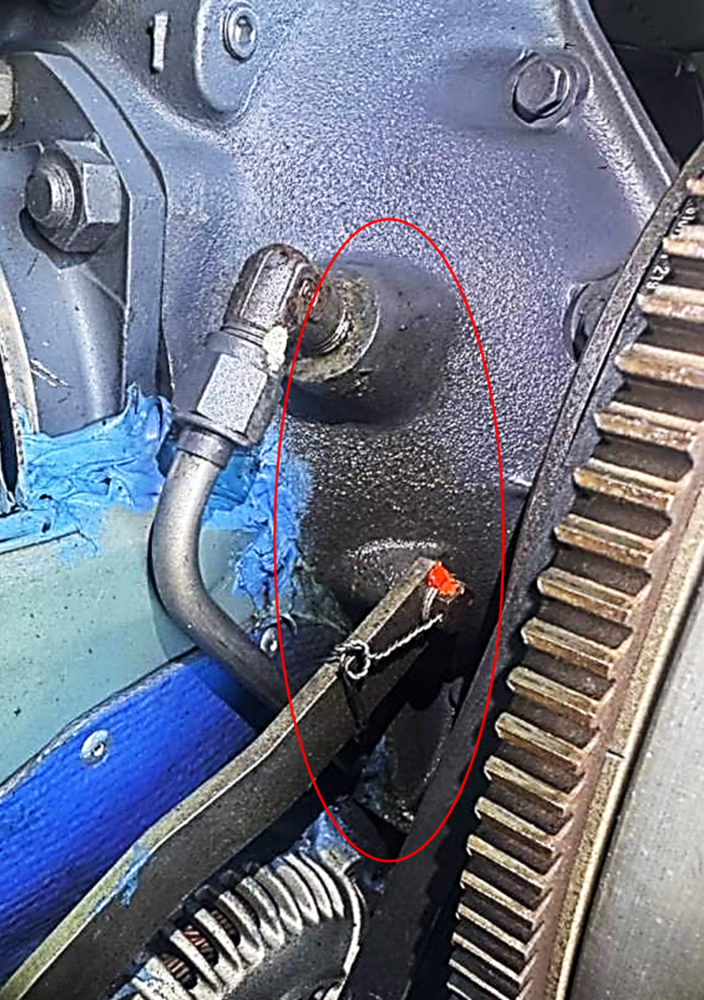All Activity
- Past hour
-
ighazali joined the community
-
WestonReed joined the community
-
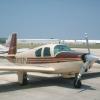
NEW NEWS FROM LASAR AND MOONEY AS OF 10/2/2025
cliffy replied to cliffy's topic in General Mooney Talk
Not really. Just the start up costs to set up the PMA system and then engineer the parts from scratch, as we wouldn't have access to the original drawings, would negate any profitability even before the first part was started, with, in reality, what would be a market of something less than 7000 (because not every Mooney will need every part)- And, even a non-profit has to cover expenses Besides I'm way too old to start something like that. It is what it is. Pay the piper or sell out and buy a Piper (or Cirrus) :-) There are no viable alternatives -
takair started following Diagnose my first oil leak after recent overhaul... and Shock Absorber on M20F
-
I don’t think I’ve seen the disc stop block oriented forward like that on the nose gear before. It’s the block right under the index pointer. Is that correct for your model? Edit: Just confirmed. On nose gear that block should face aft to provide better support for the shock disc. On the mains they face forward. As I recall, these are LASAR mods.
- Today
-
Diagnose my first oil leak after recent overhaul...
Jsno replied to DXB's topic in General Mooney Talk
When I overhauled my IO360A1A, DIco had welded that area and tapped the hole. It was a straight thread and the fitting was a pipe thread. I bought a straight thread fitting ewwith an O-Ring seal and it worked great. The previous overhaul had installed the pipe thread fitting with sealant. Not good. May be why it was cracked. This could be the source of your leak. Remove the fitting and check the threads on the case and the fitting to see if they match. -

Acclaim N562BG on Controller, Prebuy Inspection
Hank replied to Firehawk335's topic in General Mooney Talk
Ouch! Reference the recent discussion about proper go around procedure, although this go around was to recover from PIO. -
IO-360 ‘warm engine’ start on M20J
Tiny18Driver replied to Tiny18Driver's topic in Modern Mooney Discussion
Thanks everyone for the discussion. I went back and looked at the video again and keyed-in on the fact that the Lycoming basically floods itself after shutdown. So in my case, if I pushed the mixture forward too quickly (don’t remember if I did or not), the motor didn’t fully light-off because it re-flooded. If that is indeed true, my previous “Plan B” to do a normal start 2nd, because I’m assuming the cylinders are ‘dry,’ actually exacerbates the problem since the cylinders are actually crazy flooded by that point. So now my question becomes: is there some sort of a rule-of-thumb anyone uses in choosing between boosting first (as in a normal cold start), or a hot start after the plane has sat for a period of time after a flight (e.g. out-&-back). I understand a hot motor and an obviously cold motor, is there some clue as to whether there’s still fuel / vapor in the fuel lines and the cylinders, or if it’s all evaporated out of a ‘warm’ motor? -
I imagine any time the nose wheel bounces and the leg goes "boing" in rebound against the stop, the moment it imparts will unlock the nose gear momentarily. A shock damper would really help with that phenomenon, if it does indeed happen.
-
I agree with Ross @Shadrach. My 1978 J had one; my 1994 J does not. If I don’t get a greaser landing, the pitch down when the mains touch can bang the nose wheel down. It was much softer on the 1978 with the shock.
-
Good idea to remove it. It’s questionable to modify the wiring for the factory gauge if it is still the primary indication.
-
Diagnose my first oil leak after recent overhaul...
Fritz1 replied to DXB's topic in General Mooney Talk
Clean thoroughly with mineral spirits, spray with dye penetrant developer, run engine to get 150 dF oil temp, shut down and look for oil trail -
Acclaim N562BG on Controller, Prebuy Inspection
hammdo replied to Firehawk335's topic in General Mooney Talk
https://asn.flightsafety.org/wikibase/287250 -
Flew to Indy with my wife on Friday. Winds were benign. At 7500 with max MP and 2500rpm at 10gph groundspeed was 150knots. I am very impressed with some of your planes ability to achieve speed numbers LOP. My plane runs very cool (290-330 on cylinder temps), BUT starts stumbling below 9gph. Return trip this afternoon had turbulance at 6500 with a weird almost invisible layer that forced my higher. Wind was gusting from south and could not get over 145knots on return. Return flight took ten more minutes. I'm good with that. Andre, your 914 is beautiful. Love the paint. I was at a local chapter Pcar event and a member had heavily modded his 914 (spending over six figures!). It had Martini Racing colors. He also put a 911 type six gauge set up that was painted blue of exterior on the surround. A gorgeous example. He also has a 356 Super.
-

NEW NEWS FROM LASAR AND MOONEY AS OF 10/2/2025
Hank replied to cliffy's topic in General Mooney Talk
That's a lot easier than buying the whole turbine to begin with, isn't it? -
Acclaim N562BG on Controller, Prebuy Inspection
Fritz1 replied to Firehawk335's topic in General Mooney Talk
Brian is worth every penny! - Yesterday
-
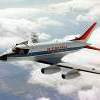
Hartzell spinner Assy, needs repair - 1967 M20F
Igor_U replied to Igor_U's topic in Avionics / Parts Classifieds
Bump -
NEW NEWS FROM LASAR AND MOONEY AS OF 10/2/2025
IvanP replied to cliffy's topic in General Mooney Talk
That is easy...just write a big check. We are complaining about part costs...how about replacing hot section of turbine -
I had a contract on N562BG located in California. Sounded like a good deal. I had Brian Kendrick do a very detailed Prebuy inspection. Cost me $5000, if you are considering this airplane, contact me.
-
Taylor 203 joined the community
-
I removed the shock from my F model when I received a new nose truss from LASAR that did not have the upper boss for the shock. Maybe it served no useful purpose according to Mooney, but it definitely dampened the rebound in the nose gear suspension. I have a parking pad for the nose gear that essentially has two rounded chocks for parking locators. The nose gear suspension behaves completely differently on the rebound going over those chocks without the shock. Maybe it doesn’t matter, but it’s way less refined then it was with the shock. My shock is still flying on the nose of a C model near Stuttgart. The owner is based on grass and prefers the dampened nose gear on turf.
-
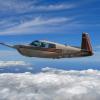
IO-360 ‘warm engine’ start on M20J
Beard replied to Tiny18Driver's topic in Modern Mooney Discussion
I do similar to MikeOH on a hot start. I pull the mixture at 1,000 RPM to shut down and when I restart I slowly push the mixture in (without touching the throttle) while cranking. It typically catches when the mixture is the richest. The is a Youtube video demonstrating this. -
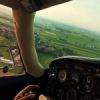
Diagnose my first oil leak after recent overhaul...
DXB replied to DXB's topic in General Mooney Talk
Try this one - cropped a bit, adjusted contrast, circled with red oval. You'll have to take my word for it that it is the only oil to be found on the engine or anywhere under the cowl. -
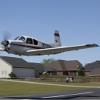
Diagnose my first oil leak after recent overhaul...
takair replied to DXB's topic in General Mooney Talk
What 47U suggested. See if the inside of the flywheel has a slime of oil in there. I had this happen after overhaul, in my situation it would occur every 30 hours…..it takes that long to build up enough to splatter. -
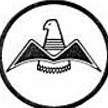
Diagnose my first oil leak after recent overhaul...
Shadrach replied to DXB's topic in General Mooney Talk
Well, if you can’t see where it’s coming from the only thing you can do is clean everything up and wait for a clearer (dirtier) picture to emerge. -

NEW NEWS FROM LASAR AND MOONEY AS OF 10/2/2025
LANCECASPER replied to cliffy's topic in General Mooney Talk
There are a lot of salvage Mooneys for donor parts - crashed airplanes and neglected airplanes. -
NEW NEWS FROM LASAR AND MOONEY AS OF 10/2/2025
Sabremech replied to cliffy's topic in General Mooney Talk
Once $28K came from ABS. The other $500K came from an estate specifically for overcoming the ruddervator skin issue. Maybe we need to form the American Mooney Society and as a group of owners and maintainers tackle our most pressing problems. Have the AMS work the parts that are needed and not available at true cost to the members. It could be setup as a not for profit entity for the benefit of its members. @cliffy Care to try something different than the promises generated by AI from LASAR? -

Diagnose my first oil leak after recent overhaul...
DXB replied to DXB's topic in General Mooney Talk
Prop was IRANd 140 hrs ago, same time as engine overhaul. Back of blades appear immaculate. -

Diagnose my first oil leak after recent overhaul...
Bartman replied to DXB's topic in General Mooney Talk
Mine leaked there after a few hours on my overhauled engine. The pipe threads were not very tight. A bit of sealant fixed it. I think it was just a small drop of Permatex Aviation. Mine did not spray, but it is always possible to have two leaks.




